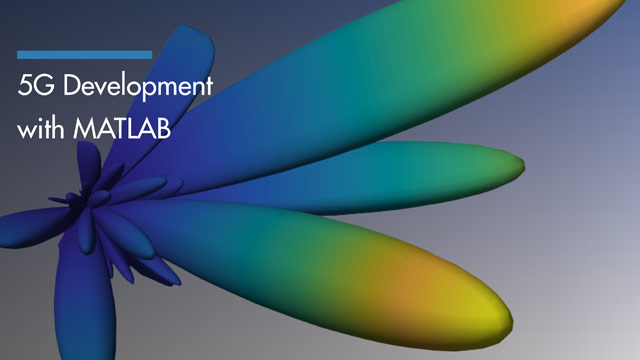nrPDSCHConfig
PDSCH configuration parameters
Description
ThenrPDSCHConfigobject sets physical downlink shared channel (PDSCH) configuration parameters, as defined in TS 38.211 Sections 7.3.1, 7.4.1.1, and 7.4.1.2[1].
This object defines all the properties involved in the PDSCH processing chain, including scrambling, symbol modulation, layer mapping, virtual resource blocks (VRB) to physical resource blocks (PRB) interleaving, and resource element (RE) mapping with the reserved resources patterns. The object also contains properties of the associated physical reference signals, such as demodulation reference signal (DM-RS) and phase tracking reference signal (PT-RS).
The defaultnrPDSCHConfigobject configures a single-layer PDSCH with mapping type A, QPSK modulation, a resource allocation of 52 resource blocks and 14 OFDM symbols in a slot, and single-symbol DM-RS type 1. This configuration corresponds to a full resource allocation with respect to the defaultnrCarrierConfigobject.
Creation
Description
pdsch= nrPDSCHConfig
pdsch= nrPDSCHConfig(Name,Value)'NSizeBWP',200,'NumLayers',7specifies 200 PRBs in the bandwidth part (BWP) and 7 transmission layers. Unspecified properties take their default values.
Properties
Examples
References
[1]3GPP TS 38.211. “NR; Physical channels and modulation.”3rd Generation Partnership Project; Technical Specification Group Radio Access Network.

